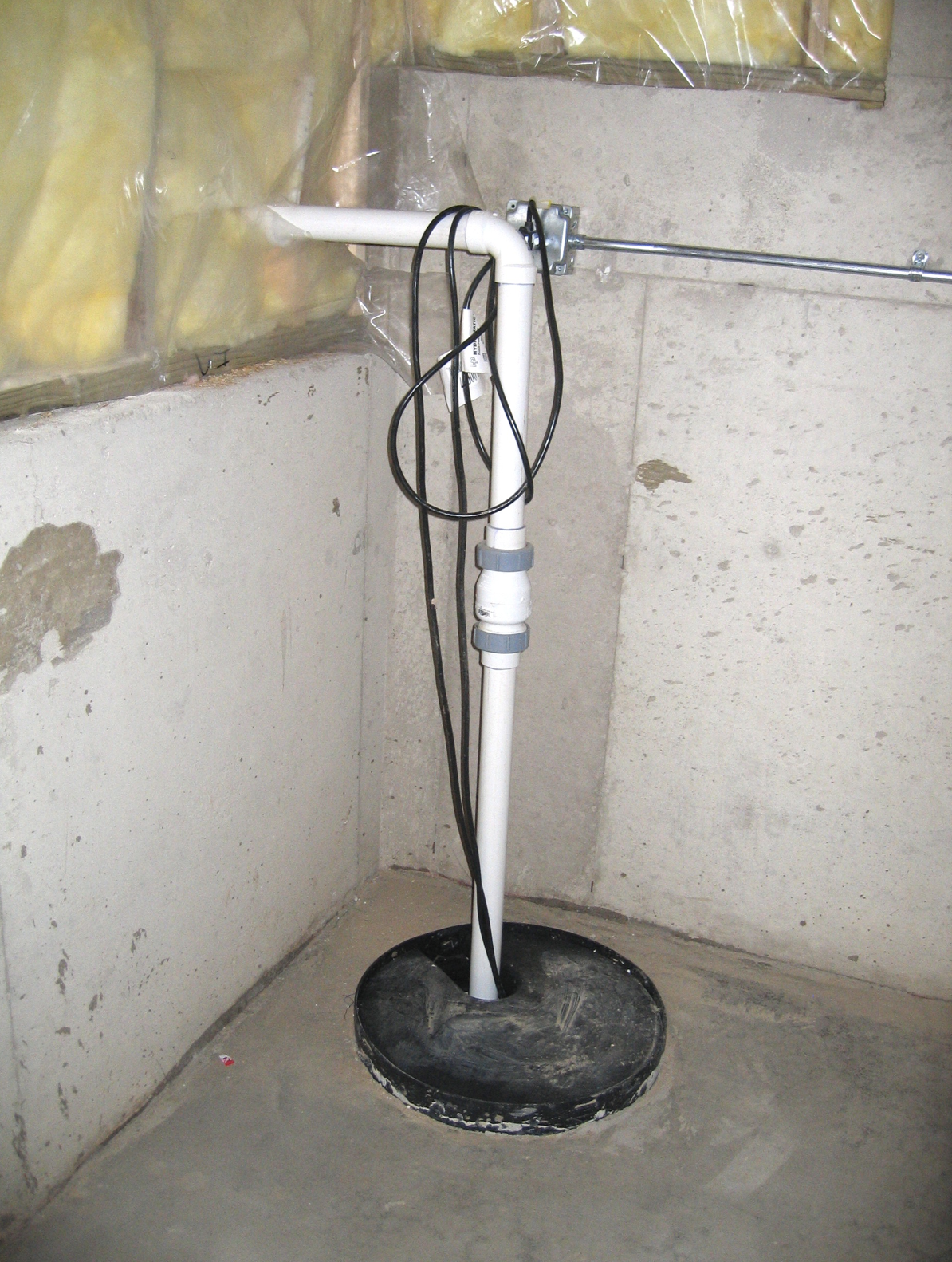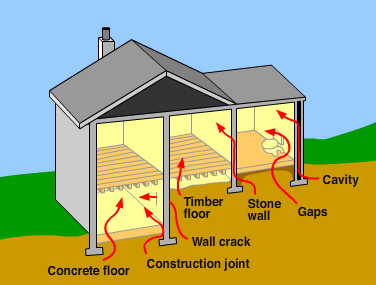Radon reduction
We use sub-slab and sub-membrane depressurization systems-- the only means to efficiently minimize radon levels in your home. These systems make use of a radon barrier that separates the inside of your residence from the radon packed soil at the foundation level. Although the approach for getting rid of radon is uncomplicated, all radon mitigation systems are not the very same, as well as not all suggested radon mitigation systems follow EPA procedures. Every radon reduction system mounted by Cost effective Radon Reduction is a custom-made, developed system to make the most https://visual.ly/users/radonnashvilletn/portfolio of radon decreasing outcomes while complying with the most up to date EPA procedures. Passive radon systems are like energetic systems but do not have a fan.
Is a radon level of 5 bad?
Safe radon levels. The best radon level measurement would be zero. The average global outdoor radon level varies between 5-15 Bq/m3, equal to 0.135-0.405 pCi/L. For every 99.9 Bq/m3, or every 2.7 pCI/L increase in long term radon exposure, lung cancer risk rises 16 percent.

Occasionally we may have to run the pipes up from the cellar and also keep the follower inside or outside. We may need to browse the system's PVC tubes around obstacles in your https://drive.google.com/file/d/1uwj13ji-WPnjZRyLLc_Qglz143VVCdAP/view?usp=sharing house. We will review with you what would certainly be the most effective means to install your system both practically and also cosmetically prior to RM&T begins the task. Because you have a radon reduction system in your residence does not imply that it has to be unsightly, simply. We will certainly deal with you to accomplish the very best look feasible.
Does a radon mitigation system hurt resale?

Having an active Radon mitigation system in one's house does not adversely affect the home's resale value and since Radon is so easily controlled once it's detected it is no reason not to buy the property if all other factors line up favorably for buying the house.
Passive radon reduction techniques (such as sealing fractures or installing pipes without inline radon followers) are hardly ever effective at decreasing radon degrees. The factor that these "passive" radon reduction techniques are ineffective is since radon gas is under stress and also must leave from the ground. It is an extremely inert, un-reactive gas that can be prepared with the fractures pours of concrete, around drains, energy infiltrations, or development joints. Trying to "secure out" radon resembles trying to keep water out of a basement by repainting the walls and floor with waterproofing paint.
- It results as component of the radioactive degeneration chain of uranium and also thorium in the earth's crust.
- Radon is an anemic, odor-free radioactive gas that is present in trace amounts in the atmosphere.
- One of the most usual option is to put in place a radon reduction system containing an air vent pipeline and blower to draw air from under the piece under your home and exhaust it outside.
- The problem is that it can leakage up from the ground and accumulate in buildings; there is clear evidence that breathing air with high concentrations of radon gas can trigger lung cancer cells.
Do radon mitigation systems really work?
The Surgeon General and the EPA recommend testing for radon and reducing radon in homes that have high levels. Fix your home if your radon level is confirmed to be 4 picocuries per liter (pCi/L) or higher. Radon reduction systems work. Some radon reduction systems can reduce radon levels in your home by up to 99%.
Techniques of radon gas reduction
Radon is an anemic, odorless radioactive gas that exists in trace amounts in the setting. It results as component of the radioactive degeneration chain of uranium and also thorium in the earth's crust. The issue is that it can leak up from the ground and gather in structures; there is clear evidence that breathing air with high focus of radon gas can trigger lung cancer. It is highly recommended that, in areas that are known to have elevated Radon levels in the soil, any kind of residences be tested for interior Radon levels.
What is involved in radon mitigation?
Mitigation of radon in the air is accomplished through ventilation, either collected below a concrete floor slab or a membrane on the ground, or by increasing the air changes per hour in the building. Treatment systems using aeration or activated charcoal are available to remove radon from domestic water supplies.
This does not suggest that a degree below 4.0 pCi/L is thought about acceptable, as specified in the BEIR VI study. It is approximated that a reduction of radon levels to listed below 2 pCi/L nationwide would likely decrease the yearly lung cancer cells deaths attributed to radon by 50%. Nonetheless, despite having an action level of 2.0 pCi/L, the cancer threat provided by radon gas is still thousands of times greater than the risks allowed for carcinogens in our food and water.